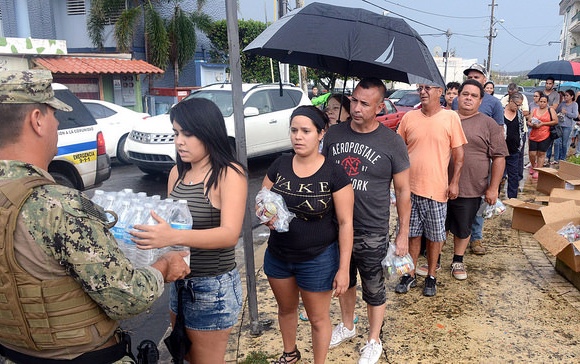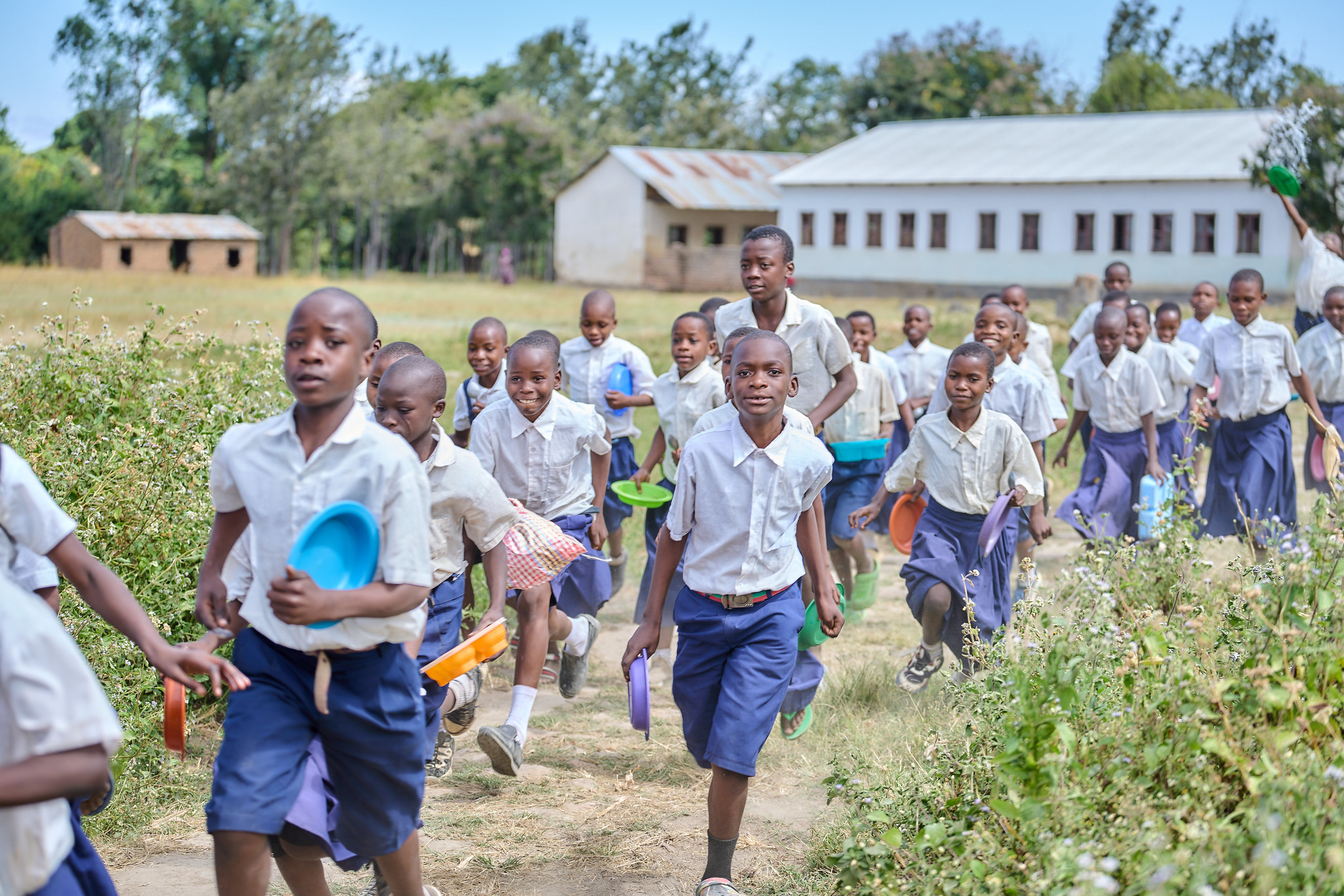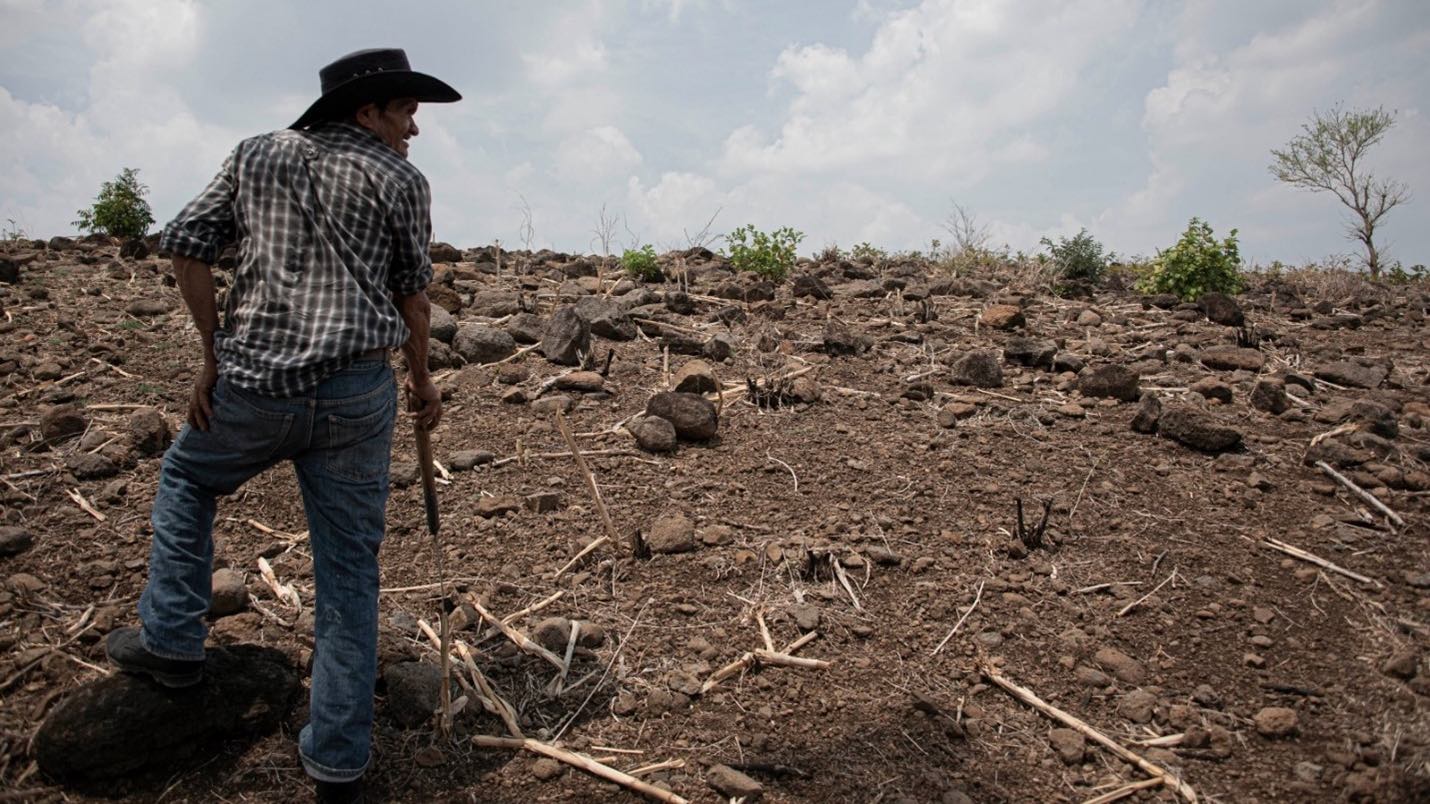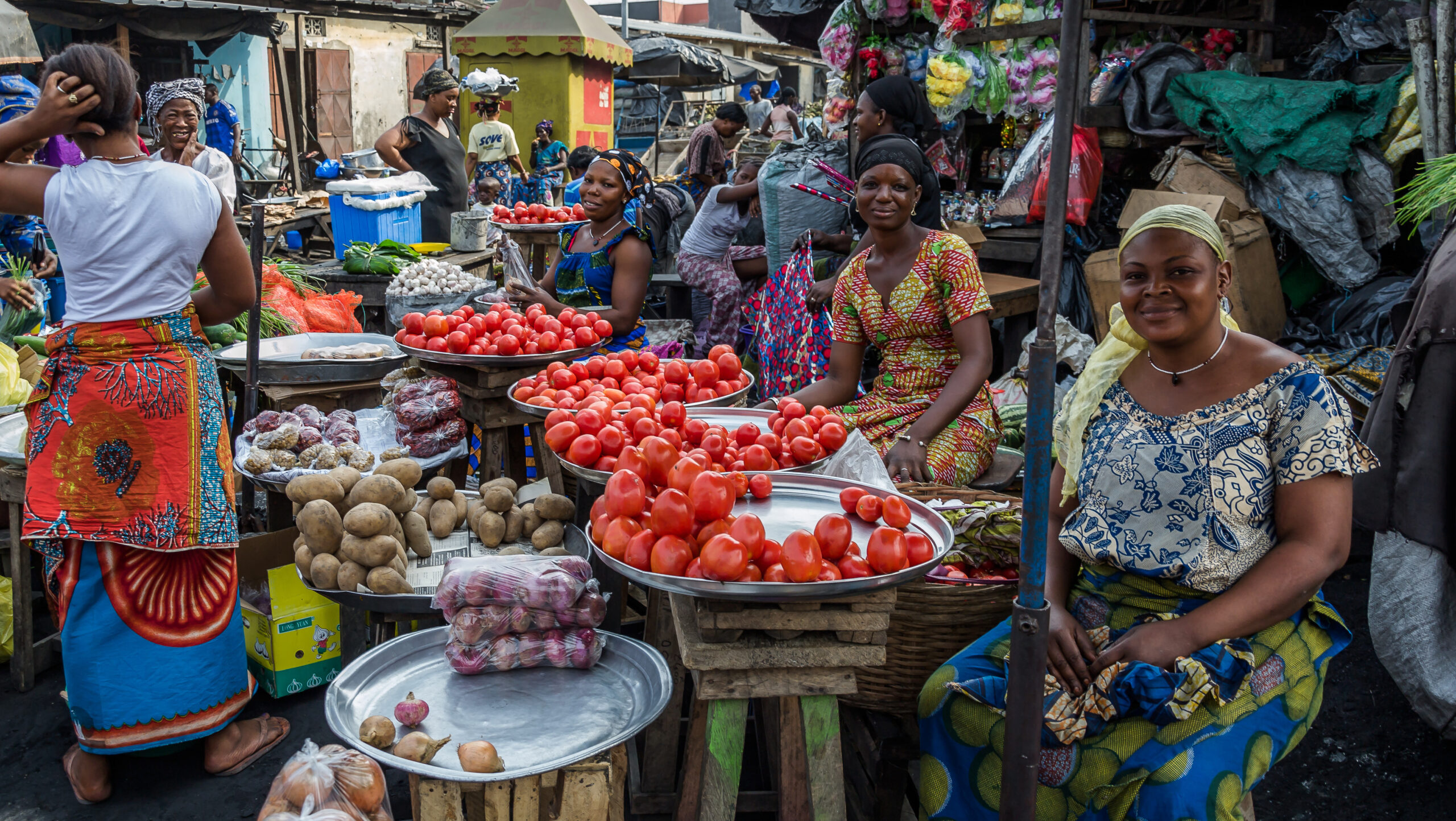September was the most active month on record for Atlantic hurricanes, with Hurricanes Harvey, Irma and Maria drenching East Texas, Florida, Puerto Rico, the U.S. Virgin Islands and many Caribbean nations. Record rainfalls caused catastrophic damage.
Beyond the immediate physical damage and loss of life, disasters can also cause long-term damage to disaster survivors and communities. As we learned from our study of a 2010 Pakistani monsoon, disasters can change victim’s attitudes in ways that will potentially haunt individuals, communities and local economies for decades to come.
Government relief can be an effective bulwark against some of this long-term damage. Because research has found that the psychological impact of traumatic events transcends culture, these findings in Pakistan hold lessons for disaster victims in the United States and elsewhere.
Here’s how we studied the effects of disasters and disaster relief
The 2010 monsoon brought Pakistan the highest rainfall it had seen in 80 years, claiming the lives of nearly 2,000 people. Twenty million others were affected, as the floods destroyed property and crops valued at approximately $1 billion.
In response to this national-scale disaster, Pakistan’s government launched the Citizens Damage Compensation, or Watan Card program, reportedly one of the largest post-disaster social protection programs ever implemented. Between September 2010 and June 2011, 1.62 million flood victim families received 20,000 Pakistan rupees, or about $213—the first of three equal annual payments. The per capita income in 2010 in Pakistan was $1,040, making that a significant boost to many.
We conducted a survey of 2,090 households across 76 villages in Pakistan in 2012 to probe how the 2010 monsoon floods and disaster relief affected the aspirations of victims whose homes or businesses were damaged or destroyed. Nearly half of our study households resided in districts affected by Pakistan’s 2010 flooding, according to the United Nations’ designations.
An individual’s aspiration level was estimated by using respondents’ answers to questions about their goals in four domains: Income, wealth, education and social status. Specifically, respondents were asked to report the level of personal income, the value of assets, the level of education and the level of social status they would like to achieve. We examined each respondent’s aspiration level relative to the average aspiration level for those in the respondent’s districts, because people do not form their aspirations in a vacuum. Goals are affected by comparing themselves to those around them.
Following previous studies, we measured disaster affectedness by estimating the extent to which the 2010 floods deviated from rainfall patterns over the last 30 years. We then took advantage of the Pakistani government’s uneven relief efforts to observe the aspirational impact of flood shocks conditional on receipt of government aid. The Watan Card program only provided relief in villages with a majority of households affected. This process created two groups of flood victims: those who received disaster relief payments and those who did not.
Relief helped disaster victims maintain their goals
We found that aspirations make up an important dimension of citizens’ well-being. Those with high aspirations tend to set ambitious goals for themselves, while those with low aspirations can fall into a poverty trap. Low aspirations reveal themselves in fewer future-oriented investments and behaviors, which can, on a grand scale, inhibit economic growth.
The devastation significantly lowered victims’ aspirations. The floods not only washed away homes and businesses; they also washed away victims’ goals for the future. Even a year and a half after the floods, flood victims had lowered their aspirations (compared to those who experienced average rainfall) by an amount similar to that seen when households suddenly have 50 percent less income to spend on everyday household purchases. And the poorest citizens were the most likely to give up on their hopes and goals.
Taking advantage of the uneven distribution of relief, we found that individuals from villages that received relief largely kept their previous goals. Those from similarly affected villages that did not receive relief had severely lowered aspirations.
In other words, timely social protection not only restores livelihoods and replaces damaged assets, but can also ease mental burdens, raising aspirations for the future—for a potentially long-term economic effect.
U.S. communities can expect similar effects from either disaster relief—or a lack thereof
Similar problems and questions are still swirling for Americans in Texas, Florida, Puerto Rico and the U.S. Virgin Islands whose homes were damaged by this year’s hurricanes.
President Trump has signed two packages of disaster relief totaling $51.8 billion into law, and on Nov. 17 the White House sent a request to Congress for an additional $44 billion in disaster aid. Those legislative actions will have many financial and political consequences.
A cost-benefit analysis suggests that spending money on disaster relief may be a good national investment. Lower aspirations tend to reduce business investments, education and other pursuits that—on a large scale—can contribute to lowering a country’s productivity and economic development.
Some U.S. political leaders seem to have reservations about providing disaster relief—perhaps for fear that it might encourage recipients to become dependent rather than independent. Trump’s tweet that Puerto Ricans “want everything to be done for them” suggests that sentiment. However, our research suggests the opposite. Such programs boost aspirations and motivate recipients to consider investments that promise to bear high economic dividends.
To be sure, there may be other motives for not providing relief, such as a desire to motivate people to move out of disaster-prone areas. While our research cannot speak to potential benefits of motivating people to move, it suggests that disaster victims’ aspirations should be included in such calculations.
Our study also suggests that having high aspirations is associated with political behaviors that express hope in the future, such as higher voter turnout, participation in civic organizations, and political knowledge.
When people endure natural disasters without aid, they may face a lifetime of diminished hope for prosperity. Delivering disaster aid to victims quickly not only restores lost assets, but also maintains their aspirations—and invests in communities’ longer-term economic and democratic health.
Our work was supported by the CGIAR Research Program on Policies, Institutions, and Markets (PIM), led by IFPRI and the U.S. Agency for International Development (USAID). The analysis was made possible thanks to the many enumerators and survey coordinators at Innovative Development Strategies (IDS) in Islamabad, Pakistan, who pre-tested and carried out the Aspirations survey on which it is based, as well as Alemayehu Seyoum Taffesse and Tanguy Bernard, who generously provided the aspirations module used in several IFPRI Ethiopia Rural Household Surveys.
Katrina Kosec is a Senior Research Fellow in IFPRI’s Development Strategy and Governance Division. Cecilia Hyunjung Mo is an Assistant Professor of Political Science at Vanderbilt University. This post first appeared on the Washington Post Monkey Cage blog.







